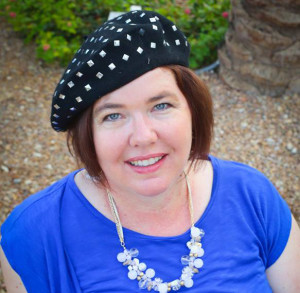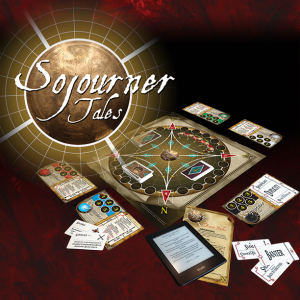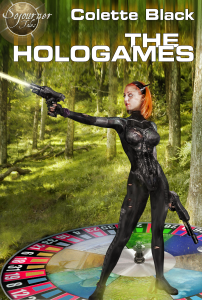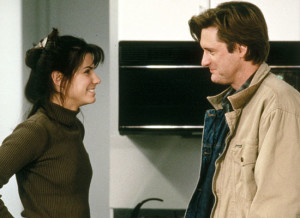![]() They chose their icon well. Punctuation marks to engender the triumphant swells of magnificent writing, a black and white background representing the light and the dark side, and a big S. The S might stand for suffering or stupendous. It really just stands for Scrivener, often called the ultimate writer’s tool or the biggest (insert swear words of choice here) software program to ever torture mankind. When I first started with the software, I wasn’t sure which was true. Now, I might threaten your life if you threatened my writing program. I’m still no expert with Scrivener, but I love using it. Here are a few reasons why:
They chose their icon well. Punctuation marks to engender the triumphant swells of magnificent writing, a black and white background representing the light and the dark side, and a big S. The S might stand for suffering or stupendous. It really just stands for Scrivener, often called the ultimate writer’s tool or the biggest (insert swear words of choice here) software program to ever torture mankind. When I first started with the software, I wasn’t sure which was true. Now, I might threaten your life if you threatened my writing program. I’m still no expert with Scrivener, but I love using it. Here are a few reasons why:
Writing Templates: From Step 1, I can design my work space specifically for the project I’m starting. I can have a blank template; fiction writing that comes in short story, novel with parts, or basic novel; non-fiction in essay, research paper, and other flavors; a plethora of scriptwriting options; and a miscellaneous option that contains persuasive lecture and even a cookbook template. How cool is that? From my husband’s research proposals to my non-fiction writing to my novels, it’s all there.
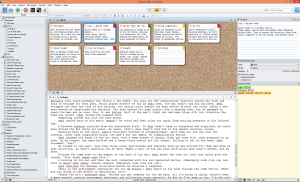 Outlining features: When you outline, do you like the index card method, formal outlining method, color-coding…? Yep, Scrivener can do that. Unless you need to draw a graph, in which case you could draw it, scan it, and still upload it to Scrivener to have on hand. As you can see in the picture to the right, there is a place to organize my outline with notecards. I can move them around, just like cards, I can color-code the whole card or just the corner based on any criteria I like. I have different colors for each character’s point of view. By clicking on one of my notecards, I have an optional window to the right with more information. At the click of a button, I can change the type of information. I can also view my novel in a list outline form, with notes to the side of each entry. I honestly can’t think of any outlining feature I could want that Scrivener doesn’t have. *Correction, I just read Katie Cross’s post about Nova mind. I think it would be a perfect start to getting out your ideas and then I would want to organize them on Scrivener. Not an outliner? That’s okay. You can skip this or get a broad look at your story progression as you go.
Outlining features: When you outline, do you like the index card method, formal outlining method, color-coding…? Yep, Scrivener can do that. Unless you need to draw a graph, in which case you could draw it, scan it, and still upload it to Scrivener to have on hand. As you can see in the picture to the right, there is a place to organize my outline with notecards. I can move them around, just like cards, I can color-code the whole card or just the corner based on any criteria I like. I have different colors for each character’s point of view. By clicking on one of my notecards, I have an optional window to the right with more information. At the click of a button, I can change the type of information. I can also view my novel in a list outline form, with notes to the side of each entry. I honestly can’t think of any outlining feature I could want that Scrivener doesn’t have. *Correction, I just read Katie Cross’s post about Nova mind. I think it would be a perfect start to getting out your ideas and then I would want to organize them on Scrivener. Not an outliner? That’s okay. You can skip this or get a broad look at your story progression as you go.
Workspace: I need a Chilean name–find a website. What color was that character’s eyes–find my character files. What was that website with the research I needed–Find my list of websites and remember which one to open. Sound tedious? It is. Scrivener gets rid of that. The program has a name generator. You can run it as many times as you like until you find a name that works. The left-side bar holds a list of files that you can diminish or expand including: your manuscript, separated by chapters or sections, as you choose; characters, each one with a character sheet that shows their name, role in the story, physical description, personality, habits, internal and external conflicts, and anything else you’d like to add, and you can even attach a picture to the file; places with similar descriptions and a picture; all of your research files with pictures and links if wanted; and it will even hold onto your trash for you. Deleted that chapter, but changed your mind? It’ll still be there for you, out of the way, but easily accessible.
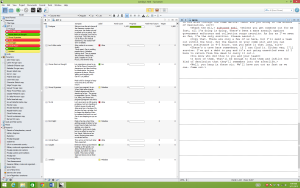 Not only is the information accessible, but I can keep track of so many aspects of my writing as I work. If you look at the picture to the left, you’ll see how I often keep my information organized as I write. I have all of my files, characters, places at my fingertips in the bar to the far left. In the middle screen I have my chapter title, the synopsis, character pov, my progress on that chapter’s word count goal, the goal number, and the goal for the entire manuscript. In right screen I have my writing. If I don’t want the distraction of all the information staring at me, I click an icon and my writing screen goes front and center and I can set the background. Then, I write like I would on any other word processor. If I need the information hiding beneath, the ESC key brings me back again. With a simple click I can do just about anything I want without searching through files or checking word counts at the bottom of each chapter.
Not only is the information accessible, but I can keep track of so many aspects of my writing as I work. If you look at the picture to the left, you’ll see how I often keep my information organized as I write. I have all of my files, characters, places at my fingertips in the bar to the far left. In the middle screen I have my chapter title, the synopsis, character pov, my progress on that chapter’s word count goal, the goal number, and the goal for the entire manuscript. In right screen I have my writing. If I don’t want the distraction of all the information staring at me, I click an icon and my writing screen goes front and center and I can set the background. Then, I write like I would on any other word processor. If I need the information hiding beneath, the ESC key brings me back again. With a simple click I can do just about anything I want without searching through files or checking word counts at the bottom of each chapter.
Cons: If I love it so much, why is my post entitled Friend or Foe?
Complexity: Anything with a million bells and whistles is going to have a learning curve. I took an online course on how to use Scrivener. It helped, but I knew enough to be bored and little enough to get lost, so it required time and patience. There’s also the learn as you go method, which is what I do with Photoshop. Need something? Look up the tutorial on youtube. If you decide to purchase Scrivener I would suggest that you go through the basic tutorials at least once then refer back to them as needed. The basic program isn’t all that complex, but it can do so much more if you take the time to figure out the special features.
Compiling: This is where you insert the curse word of your choice, in my opinion. Compiling seems straightforward and simple, but I have had more problems in this area than any other. It’s always little things, so I suggest you don’t follow my example which was to think I could figure it out on my own. Definitely watch a few how-to videos on compiling before you jump in. It is simple, if you know what you’re doing. I’ve also heard that it doesn’t always compile according to manuscript guidelines. Be aware and do some off-site formatting before submitting. My novels receive their final compilation through my Jutoh program, which I’ll be talking about in a couple of weeks, but that doesn’t help with short stories.
Limited screens: You can divide your work into two screens, but I do wish I could have more. I work on a large computer screen next to my laptop. Sometimes I’d like to have three or four screens open at a time. With Scrivener, I can get to my information quicker and easier than having multiple files to wade through, but I’d still rather have them open next to each other sometimes.
Overall, however, I don’t think you can beat the program for the price. Just be prepared for a bit of study on the front end and you need a willingness to review until you get a handle on the aspects that are important to you. In the end, the time is worth it.
I’d love to hear your questions or experiences:


